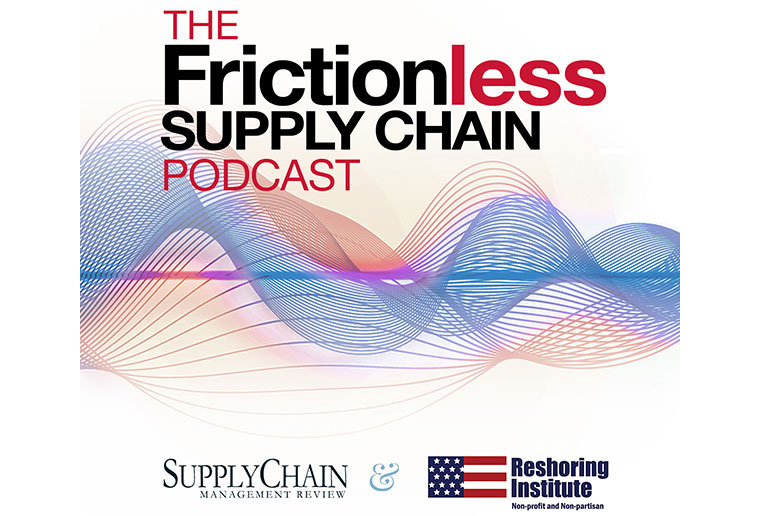Editor's note: Mark Dohnalek is President & CEO of Pivot International, the Kansas-based global product development, engineering & manufacturing firm.
The best ideas take time to build. Moving concepts to designs and development can be a long road even with reliable systems, quality teams, and supply chain partners with proven track records. Everything from proof-of-concept to regulatory compliance to prototyping to production requires care, testing, pivoting, and an understanding of marketing and distribution.
We know breakdowns and pitfalls are more likely to be caused by inadequate planning, poorly defined goals, and a lack of transparent communication than by functional or mechanical issues. Even the most experienced and reputable product development partners face unexpected challenges along the way. While many issues will be caused by external matters like weather conditions that delay deliveries or sudden sourcing shortages that impede products, it is possible to significantly reduce internal threats.
Below are three ways to shorten the process while ensuring quality and timely production schedules.
1. Map out your journey. The road from idea to product development can be quite complex. It is imperative to have a plan for everyone to follow. This will help ensure successful development, extensive planning, and high levels of coordination that are required between the various stages of development and the teams responsible for executing them. Developing action plans will help team leaders know where potential breakdowns are likely to occur. By monitoring the detailed action plan, they can be proactive in preventing interruptions.
2. Map out your plans for proof-of-concept. The proof-of-concept process series of steps should be done with a seriousness of purpose. Because this phase will determine whether a product idea is viable, the testing must be done to ensure each potential product is both conceptually sound and scalable. That means the manufacturer and supply chain partners will be able to determine the right volume at the right price to ensure market success. Concept testing should always be conducted early in the product development process and enhanced with close collaborations by all team members. Create a roadmap for each design and development step by applying industry best practices and remain open to opportunities for innovation along the way.
3. Map out certification. Depending on your product, what certifications you will need, and how many will vary. Work with a specialist who understands each one and how to become certified. From ISO:9001 and ISO:13485 systems to TUV, UL, ETL, CE, FCC, and more. The key is to know what you need, when you need it, and how to achieve it! Be prepared by mapping out a timetable to assure low certification costs and properly executed lead-times.
4. Map out the plans for your working prototype. While proof-of-concept validates what you will need for a product to be developed, prototyping determines how it will be developed. Prototyping requires developing an actual model that product designers, developers, and other participants can handle, interact with, and actively test. This is an exciting step that unfolds over multiple phases, often beginning with a digital or virtual model that is then physically rendered through 3D printing or other mediums. In prototyping, each successive model provides new learning and insights to be applied to the next version, allowing for ongoing improvements in both product design and functionality. Rapid prototyping and parallel prototyping are included in these techniques and your team should be familiar with them.
For product design and development, we know all manufacturers and supply chain partners will need to pivot and realign as phases move forward. But we also know breakdowns and pitfalls are more likely to be caused by inadequate planning, poorly defined goals, and a lack of transparent communication than by functional or mechanical issues. Even the most experienced and reputable product development partners face unexpected challenges along the way.
Follow this checklist to reduce waste in your processes, save money, and run smoother operations!
SC
MR

Latest Supply Chain News
- Humanoid robots’ place in an intralogistics smart robot strategy
- Tips for CIOs to overcome technology talent acquisition troubles
- There is still work to do to achieve supply chain stability
- Blooming success: The vital role of S&OE in nurturing global supply chains
- Supply chain salaries, job satisfaction on the rise
- More News
Latest Resources

 Explore
Explore
Business Management News
- Tips for CIOs to overcome technology talent acquisition troubles
- There is still work to do to achieve supply chain stability
- Blooming success: The vital role of S&OE in nurturing global supply chains
- Supply chain salaries, job satisfaction on the rise
- How one small part held up shipments of thousands of autos
- Investor expectations influencing supply chain decision-making
- More Business Management
Latest Business Management Resources

Subscribe

Supply Chain Management Review delivers the best industry content.

Editors’ Picks





